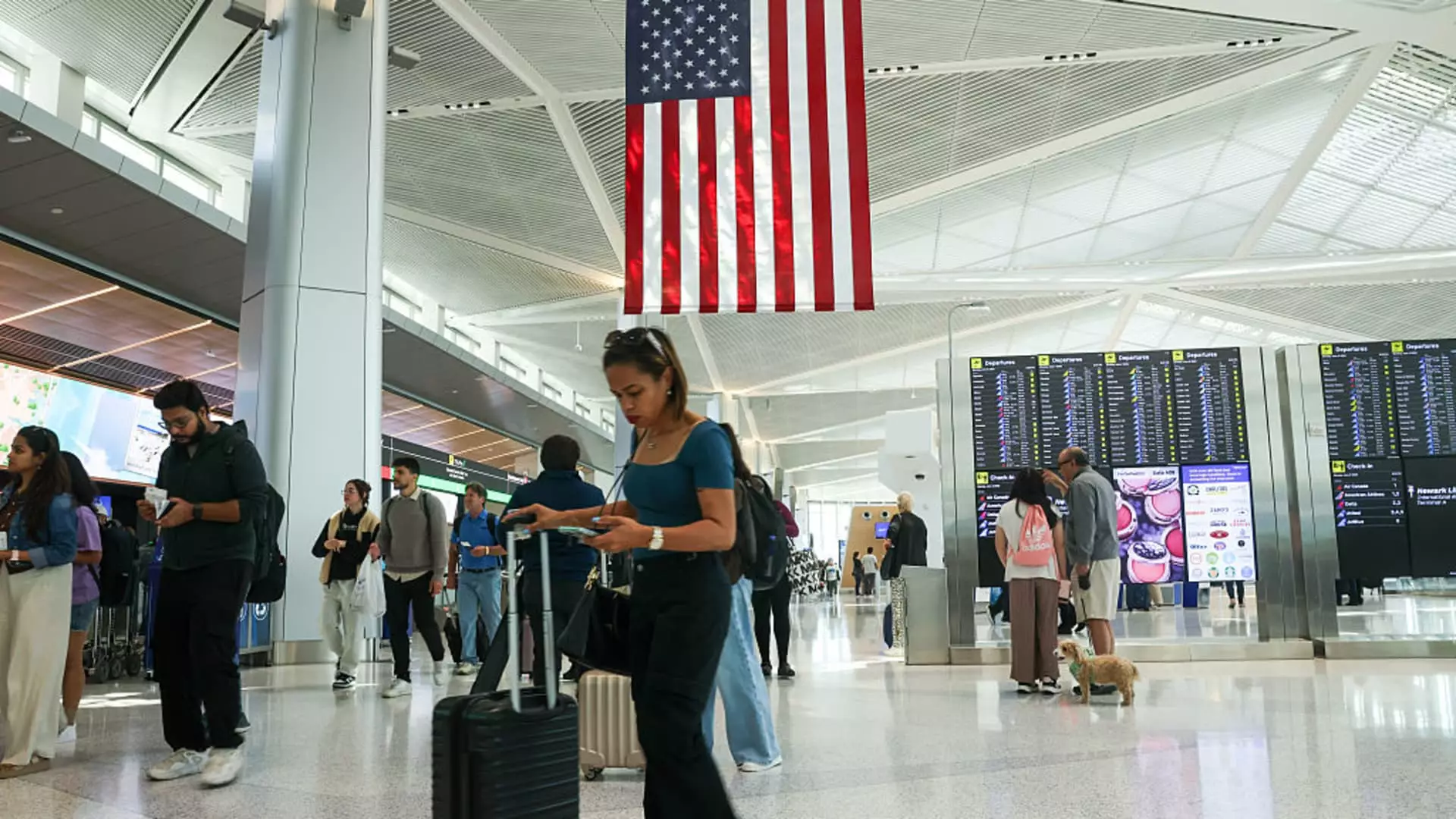The airline industry, traditionally a barometer of economic vitality, seems to be caught between conflicting signals. On the surface, it appears that travelers are flocking to the skies in unprecedented numbers for the July 4 holiday, with over 18.5 million US travelers expected to pass through airports. Yet, beneath this apparent surge lies a troubling reality: the industry’s hopes for sustained growth are increasingly fragile. Airlines are desperately trying to hold onto the last remnants of profitability, but their optimism is undercut by shrinking demand and a fragile economic landscape. While the TSA reports record-breaking figures, these numbers do little to conceal the fact that the airline sector remains mired in uncertainty, desperately balancing between a seasonal uptick and an ominous slowdown.
Falling Fares Mask Deeper Troubles
One of the more noticeable trends in recent times has been the decline in fares, arguably presented as a boon for consumers but in reality a distress signal for the industry. Domestic round-trip tickets averaging about $265 — the cheapest since 2021 — suggest that airlines are slashing prices to attract any semblance of demand. This strategic discounting is not an indication of health but rather a survival tactic in a period marked by overcapacity. Airlines such as Southwest, Delta, American, and Alaska are warning investors that the next year might not be bright, citing a murky economic outlook that includes unpredictable tariffs and declining international travel. These warnings reveal a sector that is precariously teetering on the edge of a prolonged downturn, despite the superficial appearance of a summer rebound.
Economic Shadows Loom Over the Industry
The broader economic environment casts long shadows over airlines’ outlooks. Despite resilient employment figures and strong job creation data, actual consumer behavior—particularly discretionary spending—tells a more sobering story. Credit card spending on travel has dropped significantly, indicating fewer individuals are willing to shell out for trips, even as the economy holds up in some regions. This disconnect exposes a critical flaw in the assumption that economic resilience translates straightforwardly into travel demand. Airlines are already forecasting capacity cuts after peak periods, highlighting their anticipatory attempt to weather this storm. Their strategic retreat from unprofitable routes underscores a fragile confidence that today’s demand is merely a blip rather than a stable reclaiming of pre-pandemic levels.
The International Angle and Hidden Green Shoots
Globally, some segments of the airline industry seem to defy the downward trend; international travel, particularly from the US, appears to hold firm. Fares to Europe and Asia have declined but have largely stabilized year-over-year, offering a silver lining for major carriers heavily reliant on international earnings. Yet, even these modest gains are fraught with uncertainty. Cheaper fares may boost international traffic temporarily but do little to erase the underlying instability caused by geopolitical tensions, fluctuating currency values, and lingering pandemic uncertainties. The optimism surrounding international travel’s resilience is questionable at best, reflecting a sector desperately trying to find stability amid turbulent economic waters.
Is the Industry on the Brink of a Reckoning?
The capitalist cycle might be temporarily masking a deeper ailment afflicting the airline business: oversupply and declining demand. The industry’s reliance on high-volume, high-profit quarters is a risky gamble now exposed by the sluggish demand and shrinking revenues. Airlines’ strategic cuts and discounting—often viewed as tactical moves—are more accurately signs of a sector desperate for cash flow, bleeding profits, and uncertain of its future. While many industry insiders continue to hype the summer travel revival, the reality hints at a broader malaise that could redefine the airline business for years to come. It’s not simply about prices or demand; it’s about whether the industry can adapt to a changing economic landscape that favors restraint over expansion, and sustainability over reckless growth.

